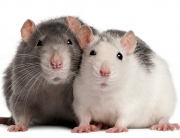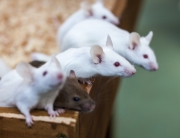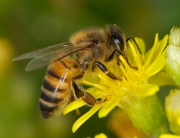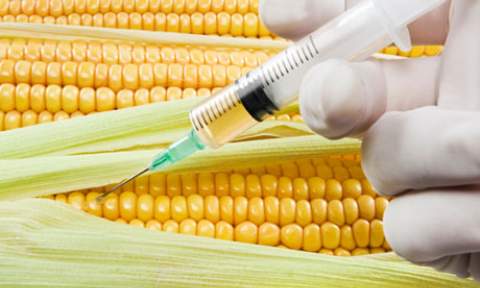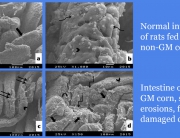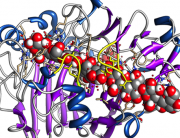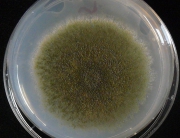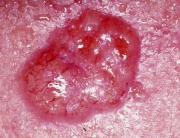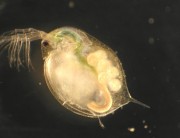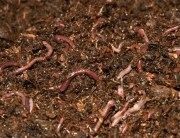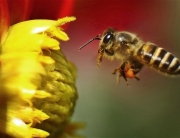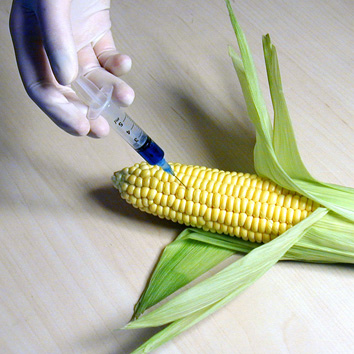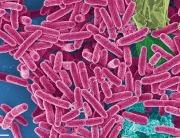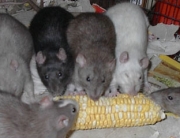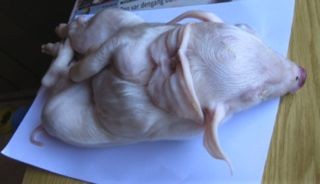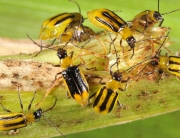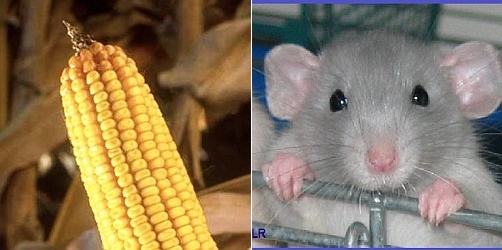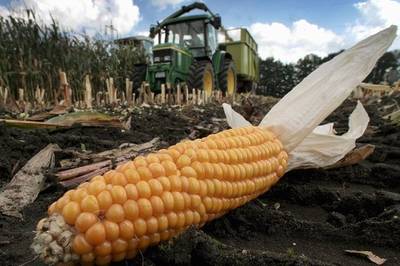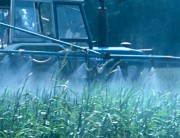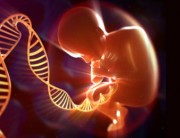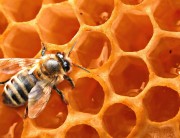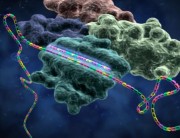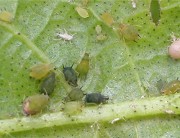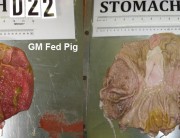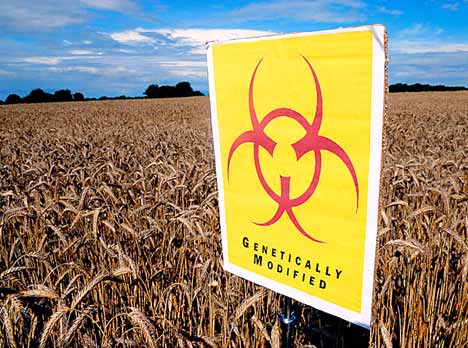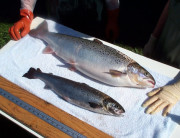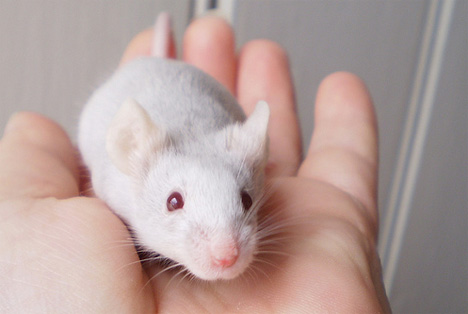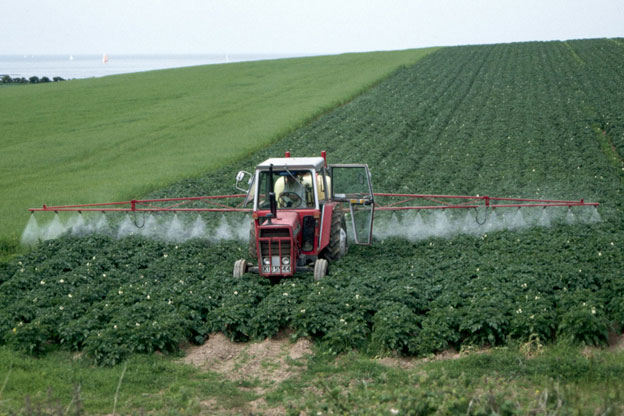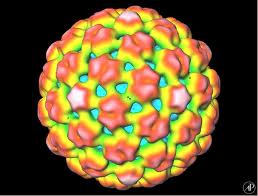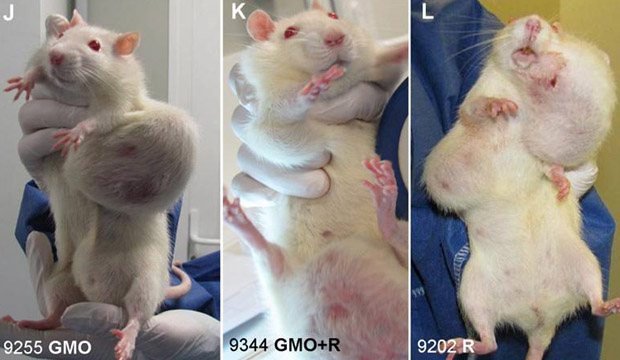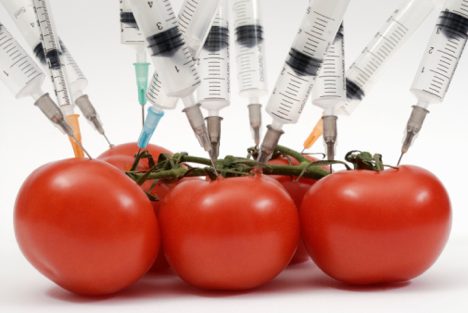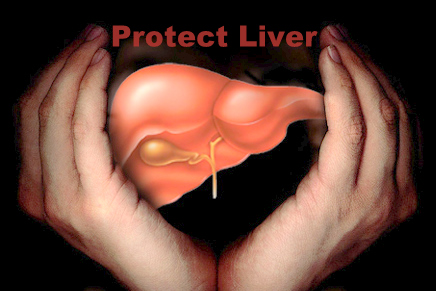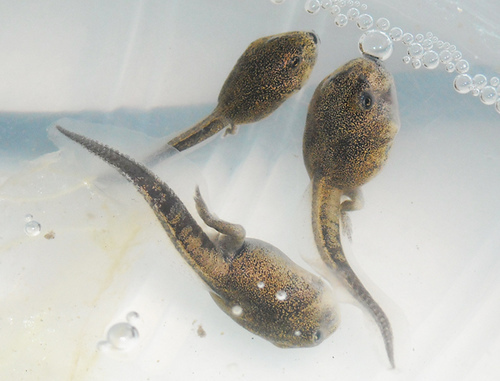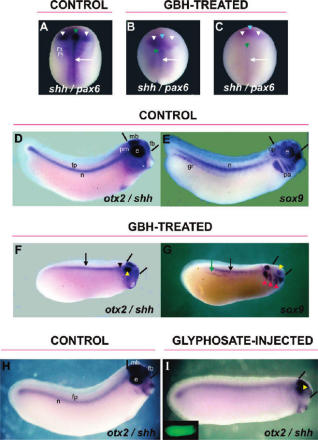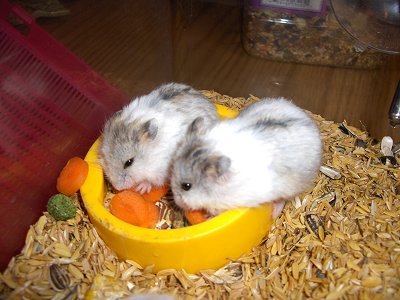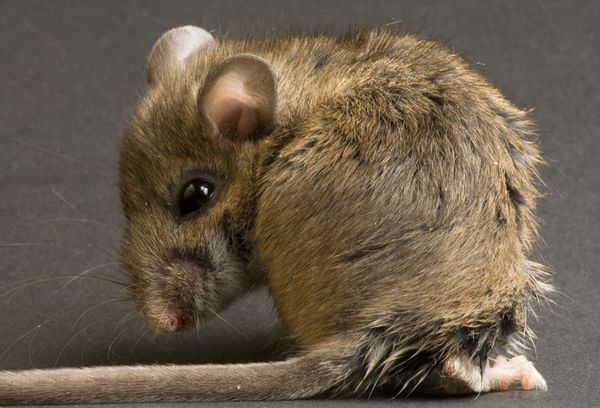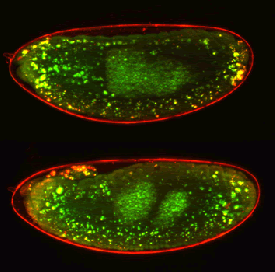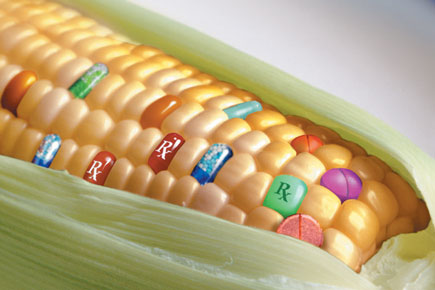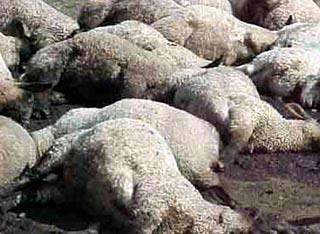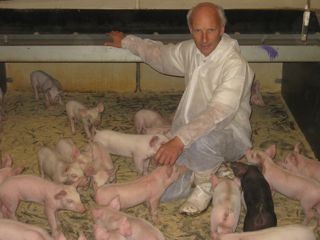THIS STUDY WAS LATER WITHDRAWN BY THE AUSTRIAN GOVERNMENT DUE TO ‘POOR SCIENCE’.
This study published by the Austrian University of Veterinary Medicine showed that the fertility of mice fed with GM maize was severely impaired, with fewer offspring being produced than by mice fed on non-GM crops.
Find the paper here: www.biosicherheit.de
Abstract
The aim of the study was to examine effects of the stacked GM crop NK603 x MON810 in different models of long term feeding studies. So far no negative effects of GM corn varieties have been reported in peer-reviewed publications. But the hypothesis, that effects after long term exposure might become evident in multi-generation studies has rarely been investigated.
In this study three designs were used, including a multi-generation study (MGS), a reproductive assessment by continuous breeding (RACB) and a life-term feeding study (LTS), all performed with laboratory mice (strain OF1). The test diets differed only as to the inclusion of 33% NK603 x MON810 corn (GM) versus nonGM corn of a near isogenic line (ISO), both grown under identical conditions in Canada. The MGS also included one group with a non GM corn cultivated in Austria (A REF). All corn varieties used in the MGS and LTS were harvested in 2005, the transgenic and isogenic corn for the RACB were harvested in Canada in 2007. No Austrian corn was used in this case. In the MGS microscopic and ultrastructural investigations were performed to detect changes at the organ and cell level. Gene expression patterns were compared by micro array expression profiles of the intestine as feed-animal interface and by real time PCR.
The results of the MGS showed no statistically significant differences concerning parental body mass. The number of females without litters decreased with time in the GM and ISO group, especially in the 4th generation. In the group fed with A REF corn fewer females were without litters, and accordingly more pups were weaned. The production parameters average litter size and weight as well as
number of weaned pups were in favour of the ISO group. These differences were also seen in the RACB design and were statistically significant in the 3rd and 4th litters. In addition, the inter-individual variability was higher in the GM group as compared to the other groups.
The LTS showed no statistically significant differences in the survival of 3 groups of mice fed the different maize varieties. In the MGS the continuative investigations revealed differences between the GM and ISO groups. The comparison of organ weights did not indicate directed dietary effects, except for kidneys. The electron histological investigation of the cell nuclei revealed differences as to fibrillar centres, dense fibrillar components and the pore density in hepatocytes. This could point to an effect of the GM crop on metabolic parameters. Immunohistochemistry revealed no systematic differences in CD3, CD20 positive cells and macrophages in gut tissue. The microarrays showed differences between the feeding groups. When the data of both non-GM feeding groups from MGS were combined and compared to the GM feeding group, the discrimination became more evident. Analyses of metabolic pathways indicated, that the groups differed regarding some important pathways, including interleukin signalling pathway, cholesterol biosynthesis and protein metabolism.
Summarizing the findings of this study it can be concluded, that multi-generation studies, especially based on the RACB design are well suited to reveal differences between feeds. The RACB trial showed time related negative reproductive effects of the GM maize under the given experimental conditions. The RACB trial with its specific design with the repeated use of the parental generation is a demanding biological factor for the maternal organism. Compared to the findings in the RACB trials it can be assumed that the physiological stress was considerably lower in the MGS trial. The trial design of using “new” parental generations instead of continuous breeding with the same generation has to be considered as being obviously less demanding. This might have masked the impact of dietary factors on reproductive performance. However, this part of the experiment is valuable as such because it underlines the need for different experimental designs for the assessment of dietary effects that have an unknown impact on animals. The outcome of this study suggests that future studies on the safety of GM feed and food should include reproduction studies. Physiological and genomic traits and depending on the nature of the genetic modification proteomic and metabolomic methods might be taken into consideration as additional tools to the tests performed in this study.
Authors
Dr. A. Velimirov, Dr. C. Binter, Univ. Prof. Dr. J. Zentek





